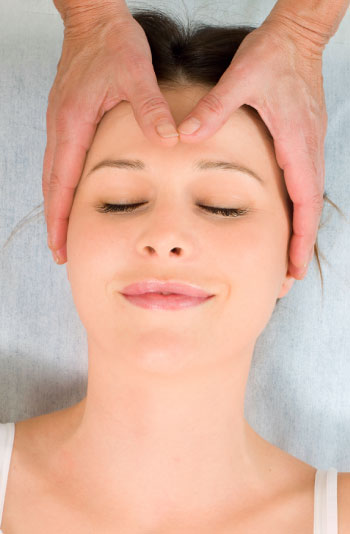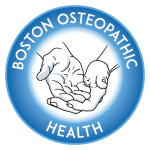Comparison: DOs vs Craniosacral Therapists
Category |
DO |
CST |
| Graduate Training | 4 Year Osteopathic Medical Degree (D.O.) | Variable. Some have PT or massage license, but people without any healthcare training can become certified and practice CST. |
| Post-Grad Training and Practice | 3-8 Years Residency Training depending upon their specialty. Then 5 additional years in practice before they are eligible to apply for certification. | One 4-day course to non-physicians. Dr. Upledger gives no credit to Dr. Still and only references Dr. Sutherland to criticize aspects of his Cranial Concept. |

Cranial Osteopathy vs. Cranio-sacral Therapy
The primary and most significant difference between the practice of Osteopathy in the Cranial Field and Cranio-Sacral therapy is the level of training of the practitioner. William Garner Sutherland, DO, introduced his cranial concept in 1929. Dr. Sutherland saw Cranial Osteopathy as a modality of diagnosis and treatment to be provided by licensed physicians as part of a comprehensive treatment plan. As such, it is not merely a therapy, but an integral part of the physician’s overall management of their patient’s Healthcare.
Cranio-Sacral therapy (CST) is described as a “light touch therapy” that can be provided by a practitioner with as little as 8 days of training by the Upledger Institute. The only prerequisites for entrance into the CST program are having read Dr. Upledger’s book and possession of any form of healthcare license, such as an audiologist or dietician or massage therapist, although people without any healthcare license or training are also accepted. It is left to the states in which the craniosacral therapist resides, to become aware of their practice and to develop standards for its regulation.
Dr. Upledger is an Osteopath who took courses from Dr. Sutherland’s students in Cranial Osteopathy in 1975, some 8 years before he established the Upledger Institute and published his first book on CST. And although Dr. Sutherland’s concepts and techniques form the foundation of the CST model, it is Dr. Upledger’s contention that it was he alone who “pioneered and developed” CST. Dr. Sutherland, on the other hand, credits his “Cranial Concept” to Andrew Taylor Still, MD, the father of Osteopathy. Dr. Still, for his part, takes credit only for having discovered the science of Osteopathy, saying that “no human hand framed its laws”.
Conditions commonly treated with OMT include:

Dental
Orthodontic Problems, TemporoMandibular Joint Syndrome, Malocclusion, Advanced Lightwire Functional Appliance (ALF) dental appliance combination treatment

Digestive
Constipation, Irritable Bowel Syndrome, Nausea, Diarrhea, Inflammatory Bowel Disease

Ear, Nose, and Throat
Chronic Ear Infections, Chronic Tonsillitis, Sinusitis, Throat Pain, Tinnitus

Genetic
Congenital Malformations, Down Syndrome

Genitourinary
Bedwetting, Prostatitis, Urinary Incontinence

Neurological
Dizziness and Vertigo, Head Trauma, Migraine Headaches, Post Concussion Syndrome, Post-MVA Inertial Injury [Whiplash], Seizures, Visual Disturbances, Dementia, Parkinsons Disease

Orthopedic
Kyphosis, Lordosis, Postural Imbalances, Scoliosis

Pediatric
ADD, ADHD, Autism, Behavioral Problems, Cerebral Palsy, Colic, Developmental Delays, Failure to Thrive, Learning Disorders, Otitis Media [ear infections], Plagiocephaly [misshaped head], Spitting Up, Strabismus [Crossed-Eyes or Lazy Eye], Sucking Difficulties

Pregnancy
Back Pain, Groin Pain, Varicose Veins, Prevention of Labor Problems

Psychiatric
Anxiety, Depression, Post Traumatic Stress Disorder, Sleep Disturbances

Respiratory
Allergies, Asthma, Bronchitis, Frequent Colds, Recurrent Sore Throats

Somatic
Osteoarthritis, Fibromyalgia, Joint or Muscular Pain

Complex Conditions
Multiple Chemical Sensitivity, Chronic Tick-borne Illnesses, Complex Regional Pain Syndrome (Reflex Sympathetic Dystrophy), Mast Cell Activation Disorders, Autoimmune Illness
